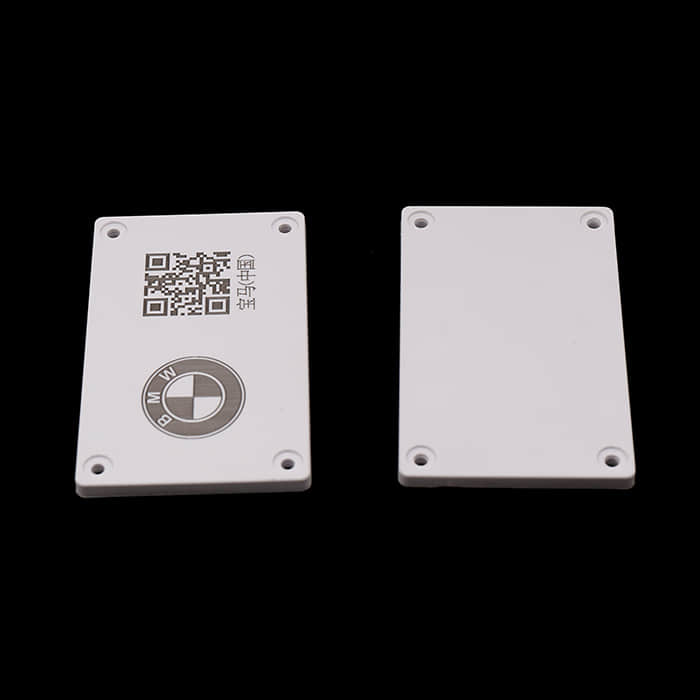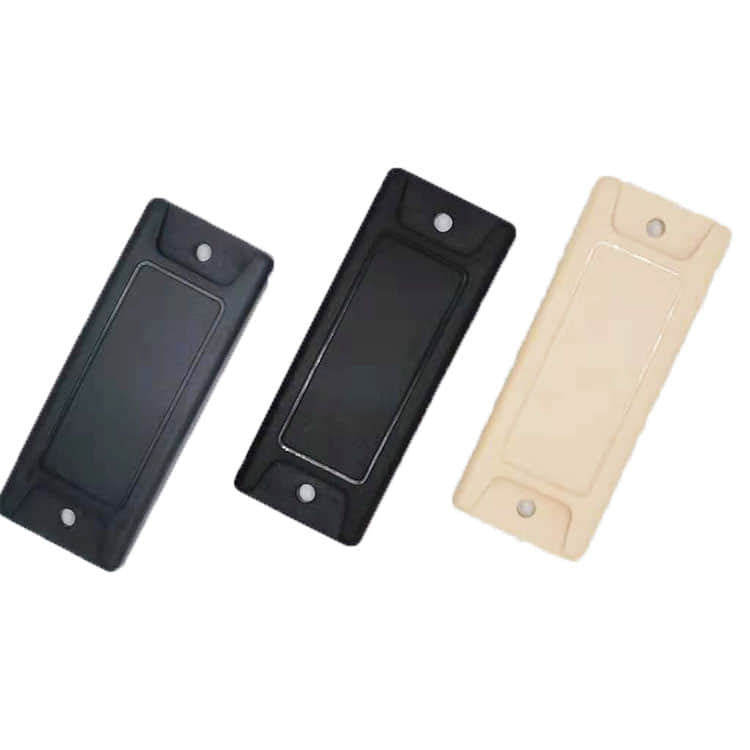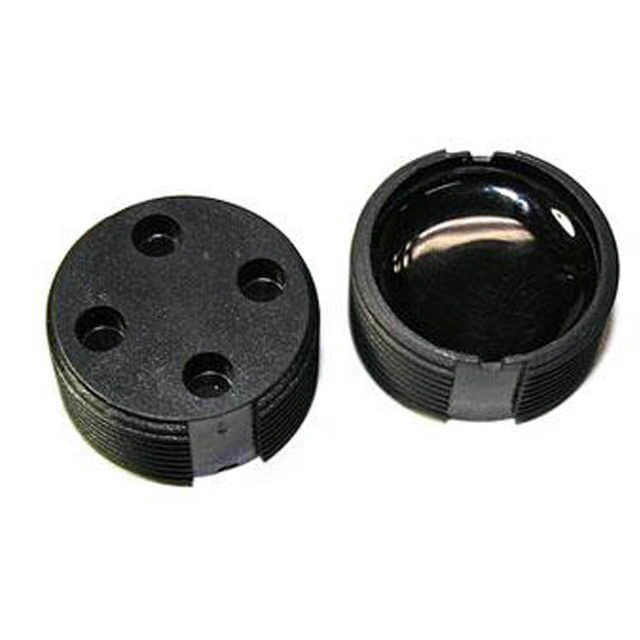Crafting Durability: Common Materials in RFID Nail Tags from Manufacturing
In the world of asset tracking and management, few technologies have made as significant an impact as Radio Frequency Identification (RFID) nail tags. These unassuming devices, when securely embedded in assets, provide a robust solution for monitoring and managing a wide range of items, from trees in a forest to valuable equipment on a construction site. However, what sets these integrity RFID nail tags from manufacturers apart and ensures their long-term reliability is the choice of materials used in their manufacturing.
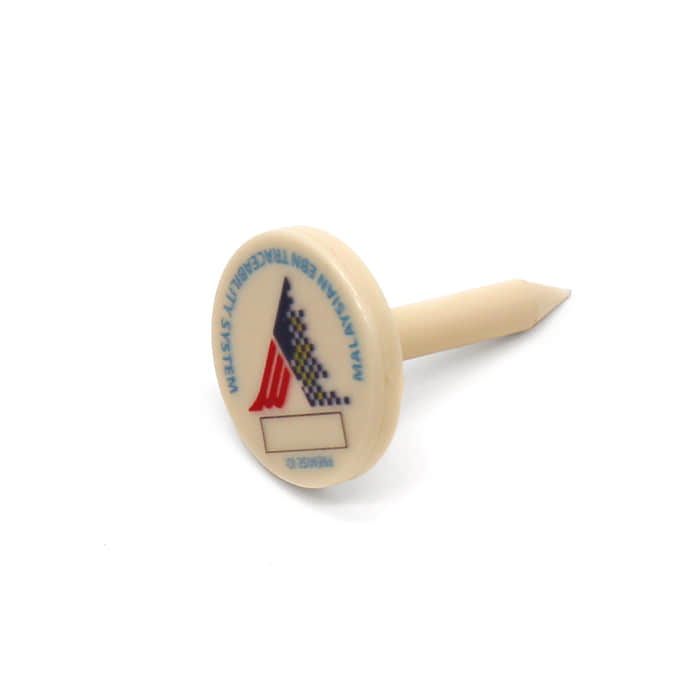
Materials Matter
The durability of RFID nail tags hinges on the materials carefully selected by manufacturers. These tags are designed to endure challenging environments, including exposure to the elements and physical stress. Let’s explore some of the common materials employed and understand how they contribute to the durability of these small yet powerful asset-tracking tools.
- Stainless Steel: The Corrosion-Resistant Workhorse
Stainless steel is a standout choice for RFID nail chips from manufacturing due to its exceptional resistance to corrosion. This material ensures that the tags can withstand prolonged exposure to moisture, humidity, and even harsh chemicals without degradation. They made from stainless steel are often used in outdoor applications, such as tracking trees in forestry and monitoring assets in agriculture.
- High-Quality Plastics: Balancing Durability and Cost-Effectiveness
High-density plastics, including polycarbonate and ABS (Acrylonitrile Butadiene Styrene), are commonly employed in RFID nail chips production. These plastics strike a balance between durability and cost-effectiveness. They are renowned for their resistance to impacts, UV radiation, and various environmental factors, making them suitable for a wide range of applications.
- Coated Aluminum: Adding an Extra Layer of Protection
Some RFID nail tags incorporate coated aluminium, providing an added layer of defence. Aluminum offers a lightweight yet sturdy foundation, while coatings like anodization enhance corrosion resistance. These tags find their home in industries where weight constraints are crucial, such as aviation or automotive manufacturing.
- Specialized Coatings: Tailoring Durability to Extreme Conditions
In environments where extreme conditions are the norm, manufacturers may apply specialized coatings to enhance durability further. These coatings can include epoxy resins, ceramic finishes, or even rubberized coatings. They create an additional barrier against moisture, abrasion, and chemical exposure, ensuring the tags remain intact and functional.
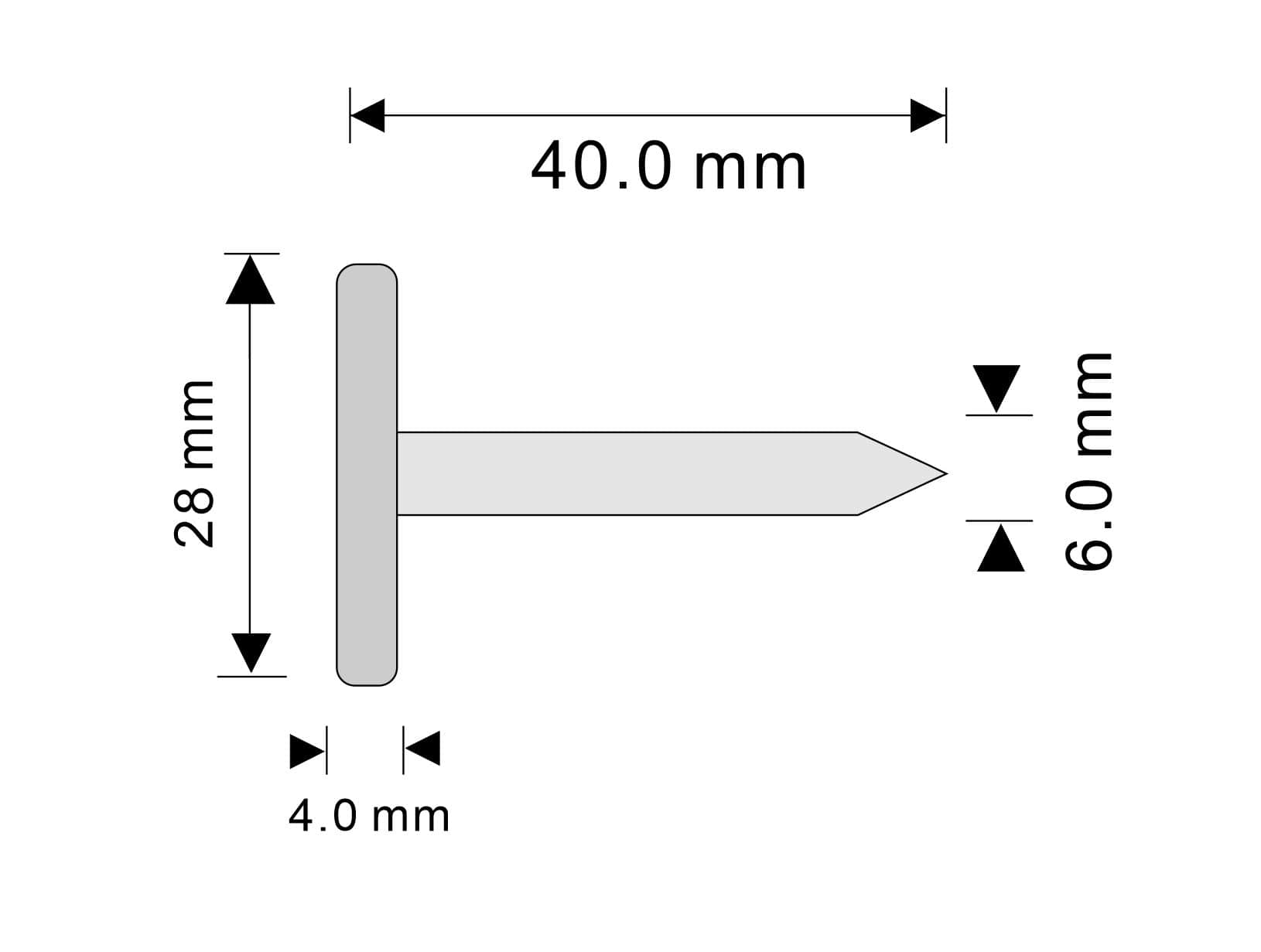
Expanding the Discussion on Material Choices in RFID Nail Tags From Manufacturing
The use of Radio Frequency Identification (RFID) nail tags has permeated various industries due to their effectiveness in asset tracking and management. These tags rely on more than just cutting-edge technology; the choice of materials plays a pivotal role in determining their durability and effectiveness in challenging environments. Let’s delve deeper into the materials used in manufacturing RFID nail chips and understand how they impact durability:
- Robust Polymers: Balancing Strength and Adaptability
Polymer-based materials, such as polyurethane, are gaining traction in RFID nail chips from manufacturing. These polymers offer a remarkable balance of strength, flexibility, and adaptability. They can endure harsh outdoor conditions, including exposure to UV radiation and extreme temperatures, without degradation. Additionally, their resistance to chemicals and abrasion makes them suitable for diverse applications, from agricultural asset management to construction site monitoring.
- Composite Materials: Combining Strength and Lightness
In pursuit of lightweight yet durable RFID nail tags from manufacturers are turning to composite materials. These materials consist of a combination of two or more substances, such as fiberglass-reinforced plastic. Composites offer the advantage of being both robust and lightweight, making them ideal for applications where minimizing added weight is crucial. They excel in industries like aerospace, where RFID tags must endure challenging conditions without affecting fuel efficiency.
- Ceramic Armor: Unparalleled Resilience
For applications demanding exceptional durability, ceramic materials are used to armor RFID nail chips. Ceramics, known for their hardness and resilience, are resistant to wear, corrosion, and extreme temperatures. This makes them suitable for heavy-duty environments, including military and industrial applications. Ceramic-armored they are engineered to withstand the harshest conditions while ensuring data integrity.
- Silicone Shields: Versatility and Protection
Silicone coatings have found their place in RFID nail tags from manufacturing as versatile and protective materials. They provide an additional layer of insulation and safeguard against moisture, chemicals, and physical impacts. These shields are particularly useful in situations where tags need to endure frequent handling, such as inventory management in warehouses.
The Synergy of Material Selection and Application
Selecting the right material for RFID nail tags is a critical decision influenced by factors like the intended use, environmental conditions, and budget considerations. Manufacturers carefully evaluate these variables to ensure that the chosen materials align with the specific needs of various industries and applications.
The materials used in RFID nail chips from manufacturing are instrumental in determining their durability, resilience, and overall effectiveness. From stainless steel for outdoor applications to composites for lightweight durability and ceramics for unparalleled resilience, each material has its unique strengths. The right material choice can make the difference between a successful asset-tracking system and one that falters under challenging conditions. As RFID technology continues to advance, manufacturers will likely explore new materials and innovative combinations to further enhance the durability and versatility of RFID nail tags. This evolution ensures that these unassuming devices will continue to play a crucial role in asset tracking and management across an ever-expanding range of industries.
The Impact on Durability
The choice of materials significantly influences the durability of RFID nail chips. Stainless steel and coated aluminium offer robust resistance to corrosion, ensuring the tags’ longevity even in harsh outdoor settings. High-quality plastics strike a balance between cost-effectiveness and durability, making them suitable for a wide range of applications. Specialized coatings provide an extra layer of protection tailored to specific environments, where the tags must endure extreme conditions.
Choosing the Right RFID Nail Tags From Manufacturing
Manufacturers carefully consider the intended use and environmental conditions when selecting materials for RFID nail tags from manufacturing. This thoughtful selection process empowers users to make informed decisions when choosing tags for their specific applications.
In Conclusion
Material selection is a cornerstone in the world of RFID nail tags. The materials chosen are the bedrock of these tags’ ability not only to endure but to thrive throughout their operational life. As you seek RFID nail chips from manufacturers, remember that the materials used are the blueprint of durability, and they play a pivotal role in ensuring the success of your asset tracking and management endeavours. Whether it’s stainless steel for the great outdoors or high-quality plastics for versatile use, the right materials make all the difference in crafting durable RFID nail tags.
Related Products
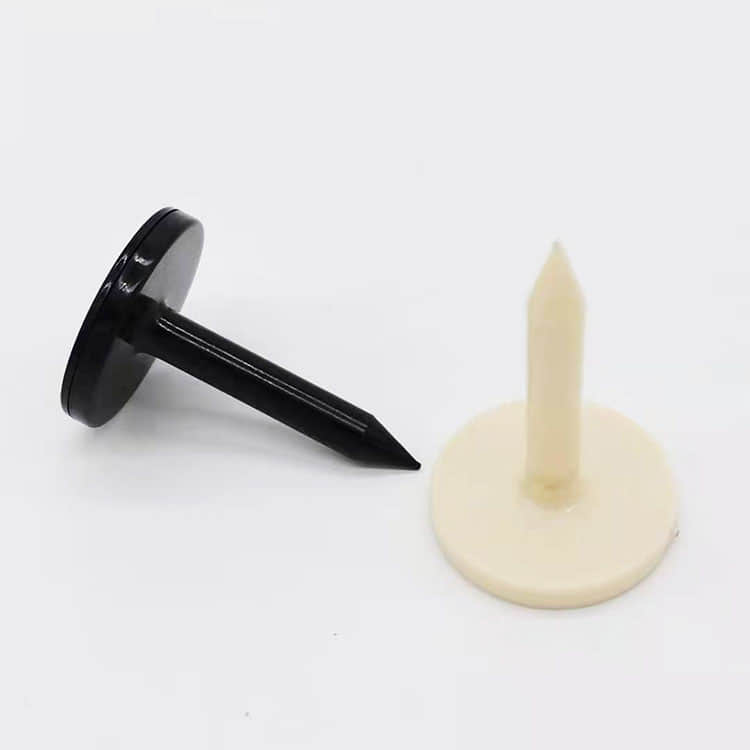
RFID Tree Nail Tag for Wood Tracking


